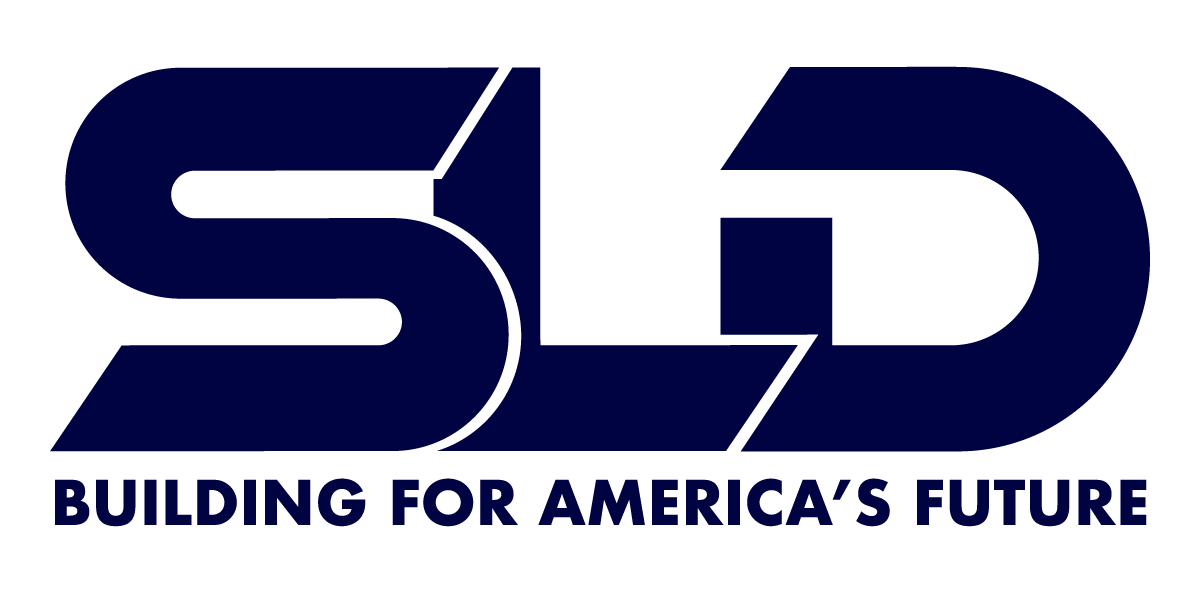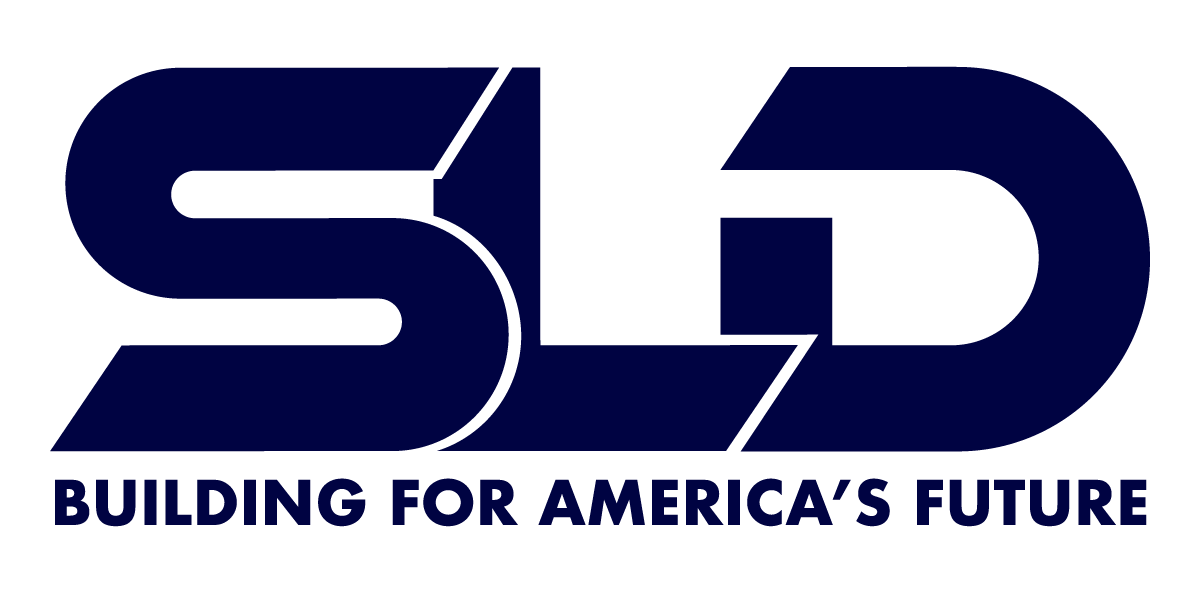Title Page
-
Client
-
Project Name
-
Project Number
-
Task Number
-
Today's Date
-
Location
Job Safety Analysis
Project Information
-
Job/Task Description
-
Work Environment
- Indoor
- Outdoor
- Urban
- Suburban
- Rural
-
Today's Weather
- Clear
- Mostly Sunny
- Mostly Cloudy
- Overcast
- Extreme Heat
- Extreme Cold
- Thunderstorms
- Rain
- High Winds
- Snow
- Hail
- Sleet
-
Emergency Contact (Name and Phone #)
-
Location and Name of Nearest Medical Facility:
-
Start Time:
-
End Time:
Potential EH&S Hazards
-
Hazardous Atmosphere
-
What hazardous agent(s) is/are present?
-
What mitigations/safeguards are in place to protect workers?
-
Hazardous Gases or Vapors
-
What is the source of the hazardous gas or vapor?
-
What mitigations/safeguards are in place to protect workers?
-
Chemical Exposure
-
What chemicals are you using?
-
Have you reviewed the Safety Data Sheet?
-
What mitigations/safeguards are in place to protect workers?
-
Flammable/Combustible Materials
-
List flammable materials.
-
What mitigations/safeguards are in place to protect workers?
-
Electrical Hazards
-
What mitigations/safeguards are in place to protect workers?
-
Excavations/Trenches
-
Are workers entering the excavation?
-
Soil Type?
-
Excavation's walls are sloped to 90 degrees or less
-
Excavation's walls are sloped to 53 degrees or less
-
Excavation's walls are sloped to 45 degrees or less
-
Excavation's walls are sloped to 34 degrees or less
-
Has a competent person inspected the excavation?
-
Access and egress points within 25 feet at all times?
-
Access and egress within 25 feet at all times?
-
Which cave-in protection system used?
-
Access and egress within 25 feet at all times?
-
Cave-in protection system used?
-
Atmosphere tested before entry?
-
Atmosphere continuously monitored during work in excavation?
-
Confined Space Entry
-
Permit-Required or Non-Permit-Required?
-
Upload a picture of the completed and signed permit
-
Employees have a rescue team available and on stand-by.
-
Employees have all necessary tools and equipment to do the job safely
-
Hot Work
-
Upload a picture of your completed and signed Hot Work Permit.
-
Hot Work is at least 35 feet away from any explosion hazards (gas under pressure/chemical storage vessels).
-
-
Continuous atmospheric monitoring is available.
-
High Noise Level
-
What safeguards are in place to keep workers safe from excess occupational noise exposure?
-
Low Visibility
-
What source(s) of light are available for workers?
-
Mobile Equipment Operations
-
Who is operating the equipment?
- A Dawood Engineering Employee
- A Dawood Engineering Sub-Contractor
- Another contractor, not affiliated with Dawood Engineering
-
Employee is authorized to operate the equipment.
-
Employee inspected equipment before use.
-
All employees understand to make eye contact with equipment operators before crossing their path.
-
Employee is approved to operate the equipment by the sub contractor.
-
Employee inspected the equipment before use.
-
Equipment passed the inspection.
-
All employees understand to make eye contact with equipment operators before crossing their path.
-
All employees understand to make eye contact with equipment operators before crossing their path.
-
Hand Tool Use
-
List the tools you are using.
-
What hazards are present with these tools?
-
What safeguards are in place to protect workers?
-
Power Tool Use
-
List the tools you are using.
-
What hazards are present with these tools?
-
What safeguards are in place to protect workers
-
Pneumatic Tool Use
-
List the tools you are using.
-
What hazards are present with these tools?
-
What safeguards are in place to protect workers?
-
Powder-Actuated Tool Use
-
List the tools you are using.
-
What hazards are present with these tools?
-
What safeguards are in place to protect workers?
-
Hydraulic Tools
-
List the tools you are using.
-
What hazards are present with these tools?
-
What safeguards are in place to protect workers?
-
Cutting Tools
-
List the tools you are using.
-
What hazards are present with these tools?
-
What safeguards are in place to protect workers?
-
Heavy Lifting
-
Are you performing a Team Lift?
-
Do you have material handling equipment such as a pallet jack, an appliance dolly, or a fork truck?
-
Overhead Work
-
List the hazards of overhead work.
-
How will workers stay safe from the hazards?
-
Working at Heights
-
Which fall protection standard is applicable?
-
How will workers stay safe from fall hazard?
-
How will workers stay safe from fall hazard?
-
Select the means of access to elevated work.
-
The selected ladder is appropriate for accessing the elevated work.
-
Scaffold has been inspected by a competent person and is safe to use.
-
MEWP has been inspected before use.
-
Adverse Weather Conditions
-
Describe the adverse weather condition
-
How is the adverse weather condition a hazard to workers?
-
What safeguards are in place to keep workers safe?
-
Wildlife
-
What types of wildlife could be expected in the work environment?
-
What hazards does the presence of these wildlife present?
-
What safeguards are in place to keep workers safe?
-
Harmful/Poisonous Vegetation
-
Which harmful/poisonous vegetation could be expected in the work environment?
-
What hazards does their presence present?
-
What safeguards are in place to keep workers safe?
-
Traffic
-
Select the option that applies, work area is on the road or near the road.
-
Roadwork signs are present.
-
Traffic Control Devices are present.
-
Qualified flaggers are present.
-
All employees reviewed and understand the traffic control plan.
-
Employees do not work outside of the traffic controlled areas.
-
Adequate warning of your presence is given to motorists.
-
Vehicle is using hazard lights to indicate it is stationary.
-
Workplace Distractions
-
What types of distractions could give rise to an incident?
-
What safeguards/procedures are in place to reduce the risk of distractions?
-
Other
-
Describe the additional hazard.
-
Describe the potential effects of this hazard.
-
What procedures/safeguards are in place to protect workers?
Personal Protective Equipment (PPE)
-
Select necessary PPE and Safety Technology to keep yourself and others safe.
- Hard Hat
- Safety Glasses
- Safety Goggles
- Type II Safety Vest
- Type III Safety Vest
- Lifting Belts
- Gloves
- Protective Clothing
- FRC
- Safety-Toed Footwear
- Leg Gaiters
- Boot Traction Systems
- Respiratory Protection
- Fall Protection
- Gas Monitoring Equipment
- SPOT GPS Messenger
-
What type of gloves?
- Fabric/Cotton
- Leather
- Cut-Resistant
- Impact-Resistant
- Kevlar
- Nitrile
- Butyl-Rubber (Chemical)
- Aluminized (Heat)
- Insulating Rubber (Electrical)
-
Have the gloves been inspected and ready to use?
-
Describe the protective clothing?
-
The protective clothing has never been worn before.
-
Protective clothing has been decontaminated since last use.
-
Has the protective clothing passed a pre-use inspection?
-
What is/are the hazard(s) that require respiratory protection?
-
What type of respirator are you using?
-
What type of Air Purifying Respirator?
- Filtering Facepiece Respirator
- Elastomeric Half Facepiece Respirator
- Elastomeric Full Facepiece Respirator
-
This is a new respirator.
-
Select level of protection.
- N95
- N99
- N100
- R95
- R99
- R100
-
Select filter cartridge type.
- Acid Gases (White)
- Hydrocyanic Acid Gas (White with Green Stripe)
- Chlorine Gas (White with Yellow Stripe)
- Organic Vapors (Black)
- Ammonia Gas (Green)
- Acid Gases and Ammonia Gas (Green with White Stripe)
- Carbon Monoxide (Blue)
- Acid Gases and Organic Vapors (Yellow)
- Hydrocyanic Acid Gas and Chloropicrin Vapor (Yellow with Blue Stripe)
- Acid Gases, Organic Vapors, and Ammonia Gas (Brown)
- Radioactive Materials, except Tritium and Noble Gases (Purple/Magenta)
- Pesticides (Purple and Black)
- Multi-Contaminant and CBRN Agent (Olive)
- Any Particulates - P100 (Purple)
- Any Particulates -P95, P99, R95, R99, R100 (Orange)
- Any particulates free of oil - N95, N99, N100 (Teal)
-
Respirator has been inspected and is ready for use.
-
Select filter cartridge type.
- Acid Gases (White)
- Hydrocyanic Acid Gas (White with Green Stripe)
- Chlorine Gas (White with Yellow Stripe)
- Organic Vapors (Black)
- Ammonia Gas (Green)
- Acid Gases and Ammonia Gas (Green with White Stripe)
- Carbon Monoxide (Blue)
- Acid Gases and Organic Vapors (Yellow)
- Hydrocyanic Acid Gas and Chloropicrin Vapor (Yellow with Blue Stripe)
- Acid Gases, Organic Vapors, and Ammonia Gas (Brown)
- Radioactive Materials, except Tritium and Noble Gases (Purple/Magenta)
- Pesticides (Purple and Black)
- Multi-Contaminant and CBRN Agent (Olive)
- Any Particulates - P100 (Purple)
- Any Particulates -P95, P99, R95, R99, R100 (Orange)
- Any particulates free of oil - N95, N99, N100 (Teal)
-
Respirator has been inspected and is ready for use.
-
-
What type of Supplied Air Respirator?
-
Supplied Air Respirator System has been inspected and is ready to use?
-
SAR passes the seal-check.
-
Safety goggles are free of damage and ready to use.
-
Hard hat has no signs of damage or brittleness.
-
Hard hat manufacture date is within the past 5 years
-
Safety glasses are free of damage and are ready to use.
-
Safety Glasses are ANSI Z87.1 - approved
-
Safety Vest is clean and reflective striping is present.
-
Safety Vest is clean and reflective striping is present.
-
-
Lifting belt is in good repair and is ready for use.
-
FR Clothing is appropriately rated for the task at hand.
-
FR Clothing is the outermost layer of clothing, including safety vest.
-
FR shirts are tucked into pants and sleeves are rolled down.
-
Safety toed footwear is in good repair and is ready for use.
-
Leg gaiters are in good repair and are ready to use.
-
Boot traction system is an approved type for the task at hand.
-
Boot traction system is in good repair and ready for use.
-
Fall Prevention or Fall Protection?
-
Select Fall Prevention
-
All guardrail components are in place.
-
Anchor Point is secure and capable of withstanding two times the foreseeable force applied to it.
-
Harness, lanyard, and anchoring system have been inspected and are ready for use.
-
Select Fall Protection System
- Personal Fall Arrest System (PFAS)
- Safety Nets
-
Harness, lanyard and anchor point have been inspected and are ready for use.
-
Anchor point is capable of withstanding a 5,000 lbs. force
-
Fall rescue plan is available and reviewed by employees
-
Safety net system has been installed by professionals.
-
Safety net system has been tested (drop test) and is safe for use.
-
Safety net is more than 30 feet below the walking working surface.
-
Safety net is free of debris.
-
Safety net has been inspected and is safe for use.
-
Gas monitor has been calibrated within the last six months.
-
Gas monitor has been bump tested before use.
-
SPOT II GPS Messenger has sufficient battery life.
-
Safety Glasses are free of damage.
-
Safety glasses are ANSI Z87.1 - approved
Roster
-
JSA Prepared by
-
Name (Print)
-
Name (Print)
-
Name (Print)
-
Name (Print)
-
Name (Print)
-
Name (Print)
-
Name (Print)
-
Name (Print)
-
Name (Print)
-
Name (Print)








